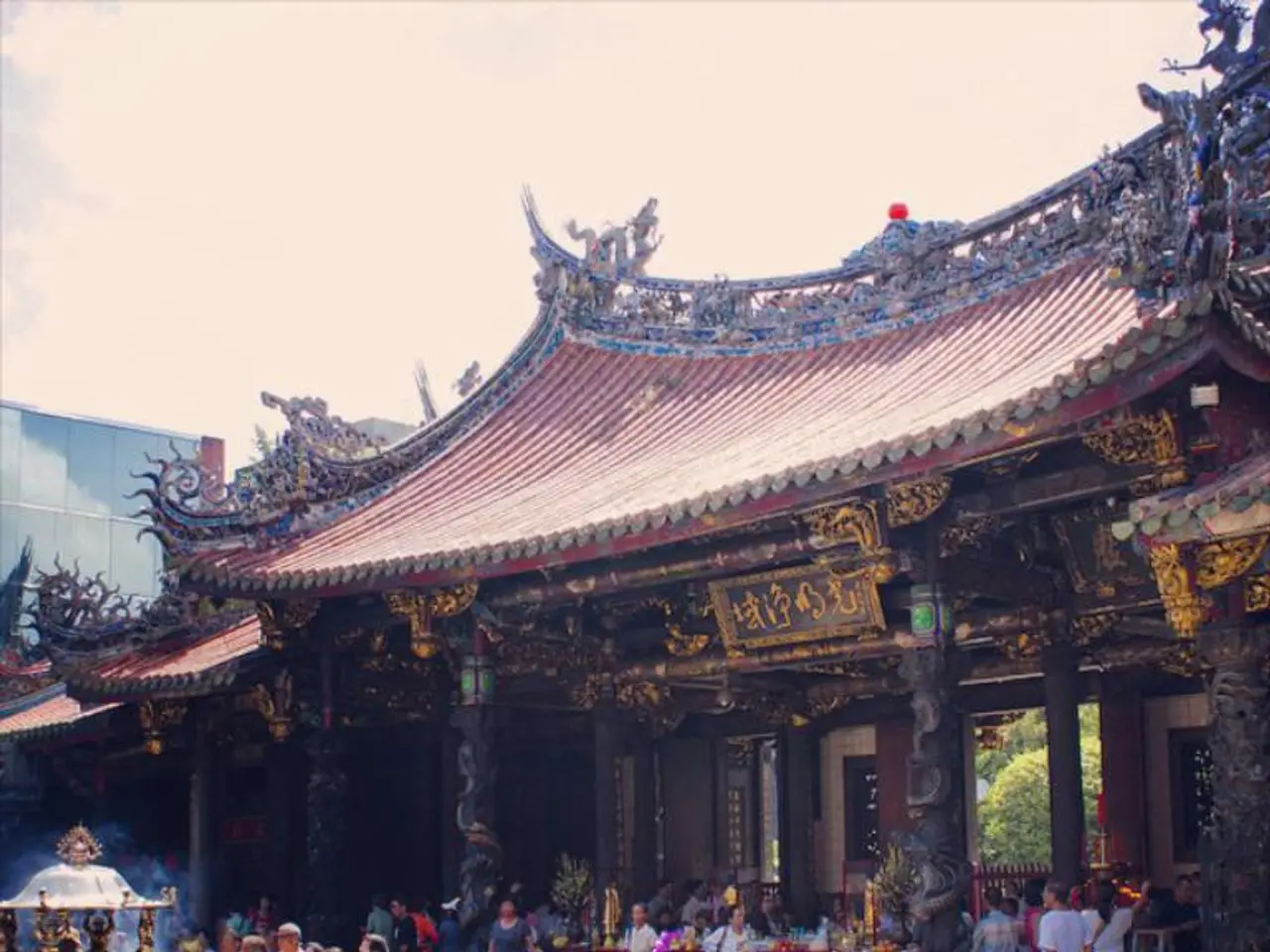Chaos at Bengaluru: Karnataka Government Report Pinpoints RCB, DNA Network, and KSCA as Main Culprits in the Stampede Incident
The Karnataka government's report on the tragic Chinnaswamy Stadium stampede in Bengaluru, which occurred on June 4, 2025, has identified severe lapses and mismanagement by Royal Challengers Bengaluru (RCB), DNA Networks Private Ltd, and the Karnataka State Cricket Association (KSCA).
## Key Findings
The report reveals that the organizers, RCB, DNA Networks, and KSCA, decided to hold a victory celebration without obtaining necessary permissions or licenses. They also failed to formally consult with the police, despite informing them on short notice. The event lacked adequate crowd control measures, with insufficient security personnel deployed at the gates, leading to critical understaffing.
The stadium's layout was deemed unsuitable for high-attendance events, with narrow barricades and inadequate exit gates contributing to the stampede. There were no triage or emergency reception centers, and ambulances were positioned far from the scene. Communication failures, such as conflicting announcements and poor crowd direction, exacerbated the situation. Security alerts from the control room were not relayed in time, further worsening the crowd surge.
## Implications
The Karnataka government has held RCB, DNA Networks, and KSCA accountable for the stampede, which resulted in 11 deaths and over 50 injuries. The government approved filing criminal cases against these entities and several officials, including Rajesh Menon, Dr T Venkat Vardhan, and Sunil Mathur from RCB, and senior police officers like Additional Director General of Police B Dayananda.
The report recommended that future large-scale events be held at venues with purpose-built queuing areas and sufficient ingress and egress capacity, aligning with international safety and evacuation norms. The Bengaluru City Police took significant measures to manage the event, deploying 654 traffic personnel and a dedicated control room to monitor traffic movements throughout the event.
Despite the police's refusal, RCB announced a public 'Victory Parade' via social media posts, leading to large crowds gathering. The first social media post mentioning free passes for the parade was made after crowds had already gathered. Local schools were requested to close by noon, and the route taken by the RCB franchise was regulated to minimize disruption.
The government's status report on the incident was submitted to the Karnataka High Court. The report also noted that the intimation letter submitted by the KSCA on behalf of DNA Networks Pvt Ltd to the Cubbon Park police station was not a formal request for permission as required by law. The lack of information prevented police from assessing the event's scale or planning adequate safety measures.
In response to the stampede, the government suspended five police officers, including three IPS officers. The Bengaluru Metropolitan Transport Corporation took steps to manage the increased traffic, deploying its Sarathi teams, and activating the E-Path app for ambulance management. Crucial details like the number of participants, assembly point, timing, names and contact details of responsible organizers, and plans for traffic and crowd control, were missing from the intimation letter.
The report's findings underscore the importance of proper planning, coordination, and adherence to regulations in organizing large-scale events to ensure public safety.
- The Chinnaswamy Stadium stampede was not just a sports tragedy, but also a general news story that highlighted the involvement of crime and justice, as the Karnataka government has held accountable several entities and officials for their role in the incident, including the organizers of the event, Royal Challengers Bengaluru (RCB), and various sports-related organizations.
- The tragic stampede also serves as a stark reminder of the importance of safe travel, particularly during high-attendance events, as the report revealed the stadium's unsuitable layout, insufficient crowd control measures, and communication failures which led to the stampede.
- Furthermore, the government's review of the incident emphasizes the need for careful planning and coordination among all parties involved in organizing large-scale events, not just in the sports industry, but also in other sectors, to prevent accidents and ensure safety for all participants.






